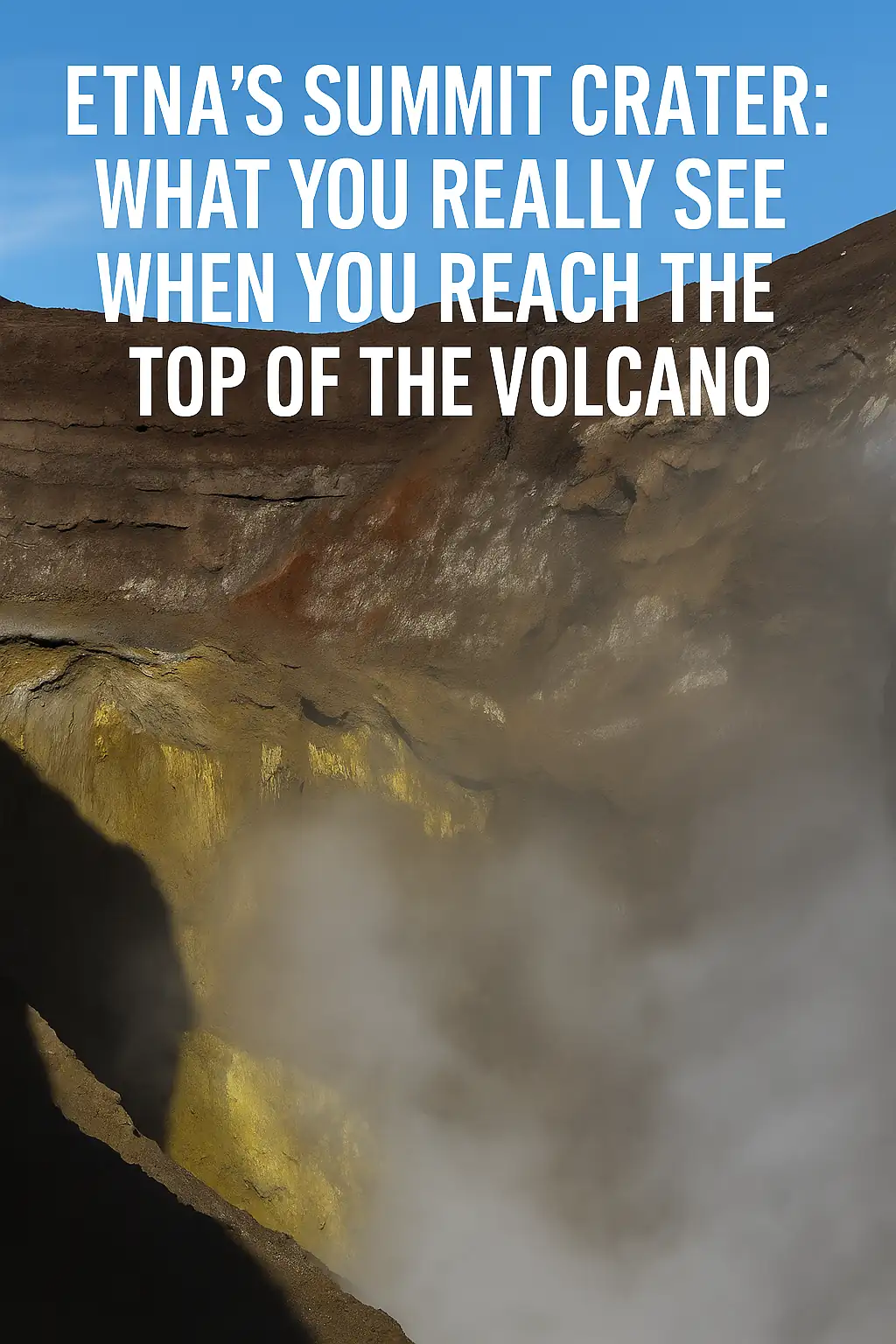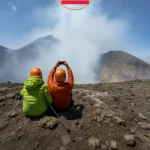What is the best month to visit Mount Etna? Discover the ideal time for a safe and spectacular excursion
Visiting Mount Etna, the highest active volcano in Europe, is an unforgettable experience. But what is the best month to climb Etna? If you want to enjoy breathtaking views, clear skies, and optimal conditions, July is undoubtedly the ideal time.
Why July is the perfect month to visit Mount Etna
Despite the high temperatures in the lower areas, starting from 1800 meters above sea level, the climate becomes much more pleasant. July is characterized by a period of stable weather, with a low probability of rain and little cloud cover—key elements for enjoying a safe and pleasant excursion.
High-altitude sunsets on Etna are also particularly impressive this month: the dry air and clear visibility allow you to watch the sun set behind the peaks with extraordinary colors, often with no clouds at all.
Other recommended months: June and September
- Mid-June: excellent conditions, fewer tourists, and cooler temperatures.
- September: a good compromise, but with a risk of afternoon heat storms.
What to know before booking an excursion on Mount Etna
Whether you rely on an agency or are organizing on your own, being informed is essential. Here are some questions to ask before booking:
- Up to what altitude does the tour go?
- Is the ascent to the summit (3300 m) included?
- Is the guide certified and officially recognized?
- Are there authorized vehicles to reach high altitudes?
- What is included in the tour (hiking boots, poles, helmet, tastings, etc.)?
Etna: a dynamic and ever-changing environment
Mount Etna is one of the most active volcanoes in the world, and its activity can vary even within the same day. The latest eruptions have been explosive rather than effusive, making unauthorized and solo approaches to the craters dangerous.
For this reason, it is essential to follow local regulations and Civil Protection advisories, which govern access to hazardous areas.
Not all excursions go high: choose consciously
Many agencies offer low-altitude tours, such as visits to ancient lateral craters or volcanic caves. However, if you want to reach the summit at 3300 meters, be aware that it is a demanding excursion, reserved for those with good physical condition.
Authorized Volcanological Guides can use special vehicles up to 2900 m, and then proceed on foot to the summit: about 5 hours of total hiking (8 km round trip) on volcanic terrain and at high altitude.
Alternative experiences: panoramic trekking and tastings
If you prefer a less demanding but equally fascinating excursion, you can comfortably reach 3000 meters, visit majestic craters, observe the summit craters from panoramic viewpoints, and take part in local wine tastings at wineries at the foot of Mount Etna.
Conclusion: experience Etna with awareness and safety
In every season, being informed is key. Always ask how high the excursion goes, what routes are included, whether there are restrictions due to volcanic activity, and who will accompany you.
The Etna Nord Volcanological Guides are authorized and qualified to guide you even at high altitudes, always respecting regulations and in close contact with the relevant authorities.
Stay up to date: on our website we will regularly publish new informational articles to help you experience Etna safely, authentically, and memorably.


